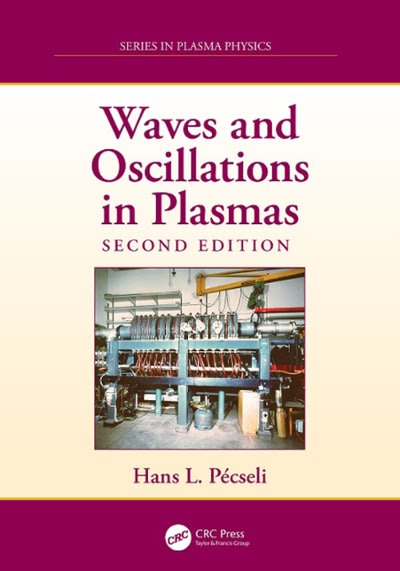Answered step by step
Verified Expert Solution
Question
1 Approved Answer
Getting started Go tohttps://phet.colorado.edu/sims/html/collision-lab/latest/collision-lab_all.html This simulation should run in your browser; best results are with Chrome or Firefox. Play with the controls of the simulation
Getting started
Go tohttps://phet.colorado.edu/sims/html/collision-lab/latest/collision-lab_all.html
This simulation should run in your browser; best results are with Chrome or Firefox.
Play with the controls of the simulation to get used to the controls. You should be able to accomplish the following:
- Set the initial position and velocity of each ball.
- Pause and play the motion, both at Normal and Slow Motion speeds.
- Determine whether balls reflect off walls or leave the box.
- Restart the motion from your most recent settings.
- Set whether the collision is Elastic or Inelastic.
- Display various quantities.
Part A: Inelastic Collisions
Click the orange Reset button (lower right corner), then turn off the Reflecting Border, set the Elasticity to 0%, and select More Data to be displayed.
- Using the default initial values for position and velocity of the two balls, explain how you can tell at a glance that the velocity arrows correspond to the values in the Data table.
- Set the mass of ball 2 to be 2.0 kg (leaving the other values the same). What is the total momentum of the two-ball system at t = 0? Explain how you determine this.
- During an inelastic collision, particles join together and become a new particle with greater mass. The mass of the "system" does not change during a collision.
- Can the total momentum or the total energy change during an inelastic collision? If you say "yes", provide an example. If you say "no," describe any assumptions that need to be made.
- Using the initial values from question 2, predict what the total momentum (with correct sign and units) of the two-ball system will be after they collide.
- Based on your answer for part (b), predict what the final velocity of the stuck-together balls will be after the collision. Explain how you determined this prediction.
- Click "play" and observe the collision, then pause the animation.
- Describe the change in the momentum of Ball 1 as a result of the collision. Specify both magnitude and direction.
- Describe the change in the momentum of Ball 2 as a result of the collision. Specify both magnitude and direction.
- Describe the change in the total momentum of both balls. Verify that it equals the sum of the changes you described in parts (a) and (b), and that it matches your prediction.
- Click the blue Restart button. Change the velocity of Ball 1 so that both balls have equal and opposite momentum.
- Predict the motion (speed and direction) of the combined balls after they collide. Explain.
- Play the simulation to verify your prediction.What was the change in momentum of each ball during this collision?
Step by Step Solution
There are 3 Steps involved in it
Step: 1

Get Instant Access to Expert-Tailored Solutions
See step-by-step solutions with expert insights and AI powered tools for academic success
Step: 2

Step: 3

Ace Your Homework with AI
Get the answers you need in no time with our AI-driven, step-by-step assistance
Get Started


